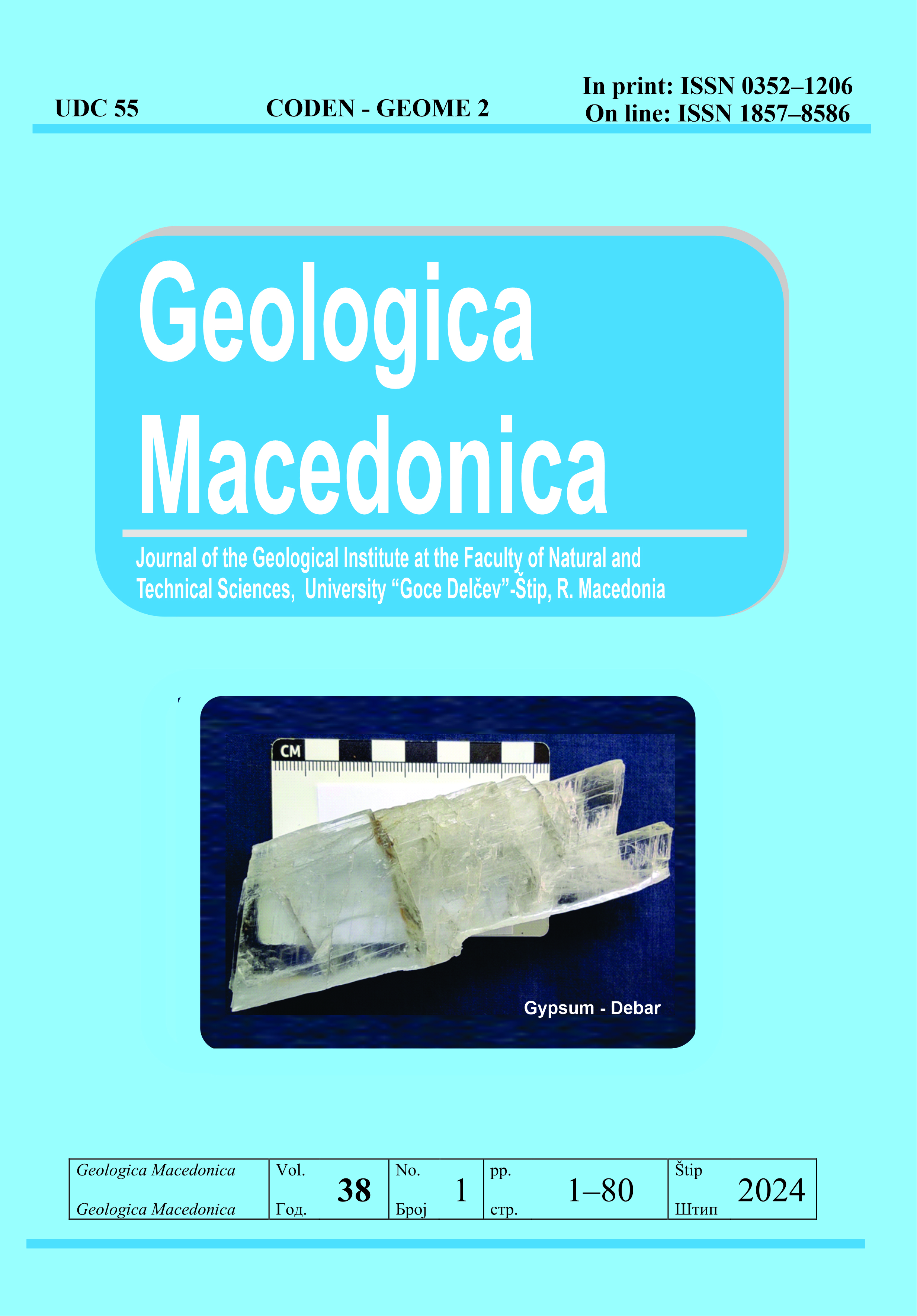POSSIBLE INDUSTRIAL USE OF PHOSPHATE WASTES AS A PROMISING ENVIRONMENTAL SOLUTION (TEBESSA, ALGERIA)
Keywords:
characterization; overburden waste; selectivity waste; phosphate; Djebel OnkAbstract
Algeria is a country with a highly varied structural and geological context, which has given rise to a wealth of diversified mineral resources (phosphates, base metals, precious metals, etc.). Mining activities have generated a significant volume of economically valueless mining waste. These waste materials can pose environmental risks depending on their condition, composition, and storage methods. In this study, we studied mine tailings from the Djebel Onk phosphate deposit, while carrying out a complete mineralogical characterization including granulometric, chemical and microscopic analyses, as well as heavy metal, X-ray diffraction, and infrared analyses. We investigated two types of mining waste: overbur-den waste and operating residues (selectivity waste) and proposed specific valorization methods for each type. The operating residues (selectivity waste) have economic potential due to their high P2O5 content. Therefore, we propose a valorization method for this type of waste through various treatment approaches such as calcination, washing, flotation, and gravity separation. For the overburden waste, we are proposing to use it as an additive in cement manufacturing processes since it contains commonly elements found in limestone and clay, as well as in additives used in cement production such blast furnace slag and pozzolana (CaO, MgO, SiO2, etc.). However, these materials do not contain P2O5.

